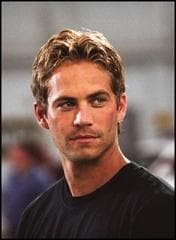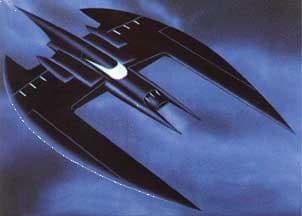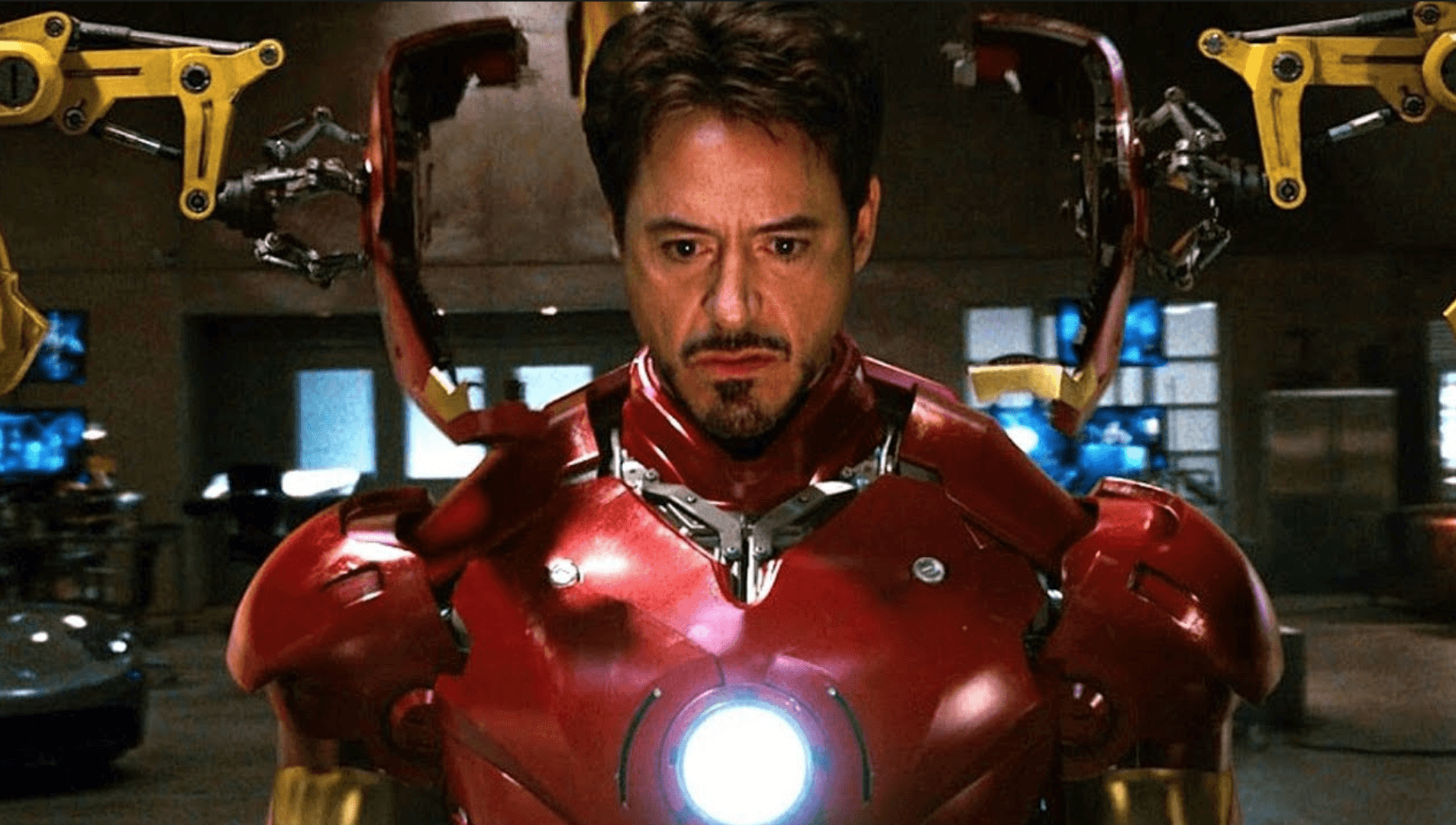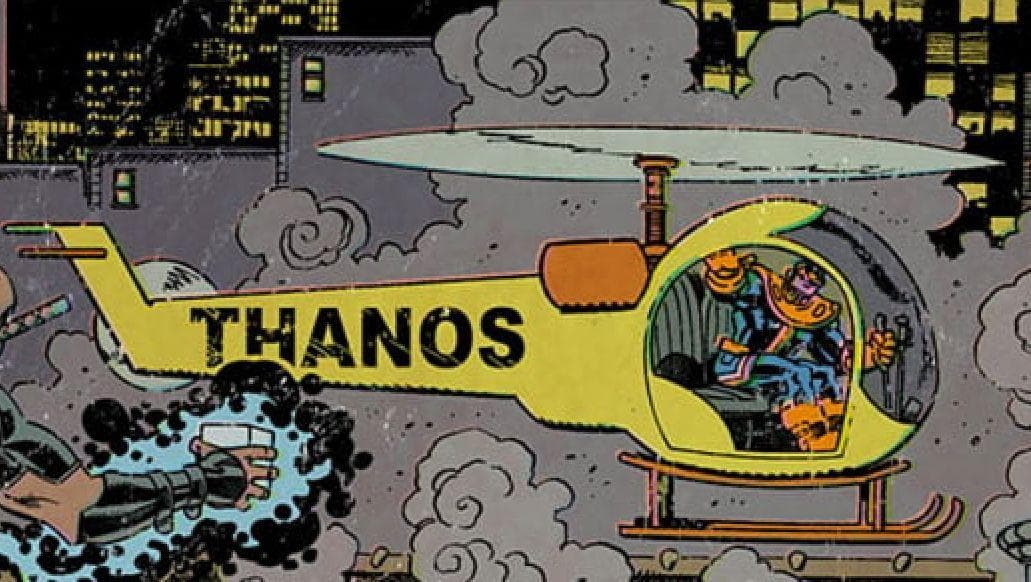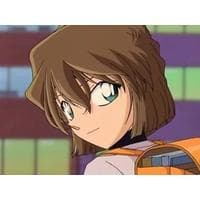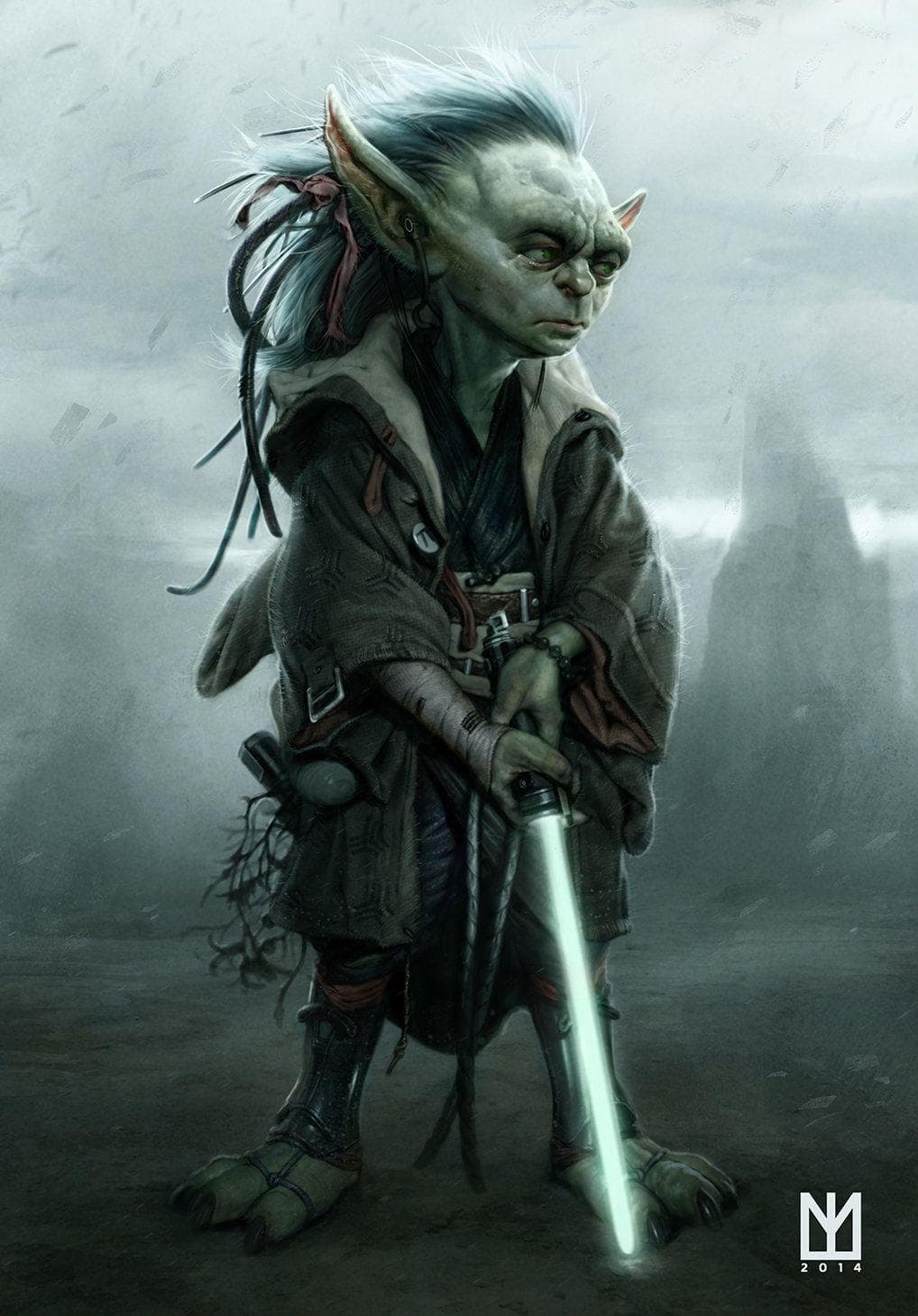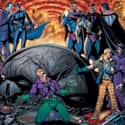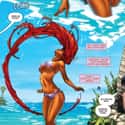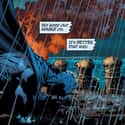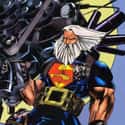-
(#14) 'Countdown' Is An Expensive Year-Long Story That Doesn't Matter
For 51 straight weeks - beginning with issue #51 and counting backwards down to issue #1 - Countdown (renamed Countdown to Final Crisis as the series neared its conclusion) trotted out just about every DC character of note to tell a rambling, overlapping story that ended up being completely inconsequential to DC continuity as a whole. Following on the heels of another weekly series, 52, but keeping the story within the context of the greater DC timeline instead of a "lost" year, Countdown was designed to restructure the world of the New Gods and set up Darkseid as the ultimate villain in anticipation of his (next) attempt to rewrite reality in the Final Crisis miniseries that immediately followed its conclusion in DC Universe #0 (June 2008).
The series revolves around Darkseid's plot to control the multiverse in a cosmic game of chess in which he uses heroes and villains from various Earths as pawns. To clear his path to victory, Darkseid attempts to pit the Monitors tasked with safeguarding the multiverse against Monarch and the Crime Society. Unbeknownst to all, however, Darkseid's opponent is the rogue Monitor Solomon, who wishes to control the multiverse himself. Various interconnecting plot lines reveal that New Gods are being slain, Superboy-Prime is back - now as Superman-Prime - and looking for a "perfect" Earth, and a virus is running rampant across parallel Earths, turning people into OMACs for assimilation by Brother Eye.
There are some fun scenes and interesting iterations of characters, but too many scenes are repeated in multiple issues without added context and the art varies wildly from issue to issue. Countless characters perish throughout the series - including Darkseid himself - but in the end, any victories were hollow and any deaths meaningless as DC promptly resurrected Darkseid and launched into its next "event," Final Crisis.
-
(#8) 'Red Hood and the Outlaws' Reduced Starfire To Fanboy Eye Candy
Princess "Kori" Koriand'r, AKA Starfire, had already been a popular character for decades before her outstanding characterization on the Teen Titans cartoon endeared her to a whole new generation of DC fans. As a cartoon character aimed at elementary school-aged children, sexuality was never really a part of her personality, though Robin clearly crushed on her and definitely had an issue with her kissing strangers to learn their language. In contrast, the comic book version of Starfire was always more vivacious and curious about human romantic customs, even in her early appearances as a teenage character.
But when Starfire was reintroduced in Red Hood and the Outlaws #1 (November 2011) as part of the company-wide continuity reboot known as The New 52, her sexuality became her primary asset. Writer Scott Lobdell has a young child posting "voyeur" photos of her on the internet and her own teammates, Red Hood and Robin, ogling her and questioning her morals, while artist Kenneth Rocafort draws one "cheesecake" pose after another.
The series was greeted almost immediately with negativity from fans, including at least one devastated 7-year-old girl, and DC apparently knew the controversy was coming, but did little to alter course. After the 7-year-old girl's disappointment caught fire on the internet, DC tweeted terse statements about appreciating "dialogue" on the topic, while almost chastising the girl (or her parent) for buying a book intended for slightly older children. The characterization didn't sit well with some DC staffers, either, feeling Lobdell equated "being a strong woman with being, frankly, a sl*t," and an unnamed source stated it was suggested to Lobdell that he "accentuate" Kori's "past as a sex slave" as a way to justify the new Starfire.
-
(#5) All Star Batman and Robin
- Comic Book Series
What do you get when you bring together Frank Miller, the writer who helped comic books mature in the 1980s with his revolutionary takes on Daredevil and Batman, and Jim Lee, the superstar artist who helped turn X-Men into the hottest property in the world in the early '90s, on a new title about the early adventures of Batman and Robin? An absolute mess, apparently.
All-Star Batman & Robin was much hyped and eagerly anticipated by just about everyone when it debuted on July 13, 2005. The first issue sold more copies than any other title from any publisher that year. Lee's artwork was spectacular, and it was still a novelty seeing it applied to DC characters after building his career on Marvel and Image characters. But Miller's characterizations were way off the mark, even considering that All-Star is set within the alternate version of the DC Universe that leads to Batman: The Dark Knight Returns.
Miller paints Batman as crude, ruthless, and sadistic, and not as a result of years spent fighting crime in the blood-soaked alleys of Gotham, but since he was a child and still had parents. He swears, doesn't shave, probably doesn't bathe, has impulsive sex on the ground in a filthy alley, and he basically kidnaps Dick Grayson and tortures him into becoming Robin. Miller's Batman leaves his "ward" alone in a cold, wet cave and tells him to eat the rats scurrying about if he gets hungry. He's not looking to protect Dick so much as tear him down through mental and physical abuse and remake him into a proto-Batman.
One notorious exchange between Batman and Dick has come to signify the series itself: "What are you, dense?... Who the hell do you think I am? I'm the goddamn Batman!"
And it's not just Batman that is off: Superman is an "idiot" who throws tantrums, Wonder Woman is a man-hating zealot, Green Lantern is a buffoon, and Black Canary is a bloodthirsty psychopath.
To put it mildly, the series was not well received by critics, with many calling it "the worst Batman comic" or "the worst comic ever" made. Ten issues were published sporadically between 2005 and 2008, with issue #10 recalled and reprinted because one of Miller's many four-letter words slipped past the censors. Then, the series simply... stopped, without any resolution of the story. It was later announced that the series would continue on to its originally intended conclusion under the new title Dark Knight: Boy Wonder. The series, slated for release in 2011, was never published.
-
(#4) The Man Of Steel Goes Full-On Punisher Before Offing Himself In 'Superman: At Earth's End'
We're sympathetic to DC writers. It can't be easy crafting original stories designed to challenge the hero when that hero has been around as long and is as powerful as Superman. There are only so many different types of Kryptonite or magic imps from another dimension to rely upon before it all starts feeling redundant. Those limitations, plus a 1995 release date - right smack-dab in the middle of the speculator bubble crash, when big guns and pouches were all the rage - make Superman: At Earth's End an almost forgivable entry in DC's Elseworlds line. Almost. As one reviewer put it, this comic falls into the category of "stories that simply get it wrong on every possible level imaginable."
The story takes place in a post-apocalyptic future and is a semi-sequel to Kamandi: At Earth's End. Earth's heroes are all but forgotten and Superman, sporting the look of a hermit on steroids, is greatly diminished due to lack of adequate sunlight. Dwelling in a hovering city that allows him to slowly regain his strength, he looks down upon the ruins of Gotham City and finds that the remains of his old friend Batman have been taken from their resting place, along with the bodies of his parents. Heading off to investigate in what would become his final mission, Superman encounters bat creatures, lion-men, robots, cyborgs, mutant SS troopers, and a pair of Hitler clones.
Though the basic premise is not all that bad on its own, noted poet, author, and comic book scribe Tom Veitch does not give us Superman, or even an approximation of the Superman that we all know and love. Though he can fly and is supposedly back up to strength, the Superman in Earth's End relies on weapons to do most of the work, including a gun so ludicrously huge that it would probably even make Rob Liefeld roll his eyes. Not only does he have no problem mowing down his enemies, but this Superman is so devoid of any semblance of hope that, after being mortally injured, he would rather give up and take his own life rather than live out his days as a *gasp* cyborg.
-
(#7) Jason Todd Becomes A Monster And Dick Grayson A 'Sleazy' Model In 'Brothers in Blood'
Bruce Jones is an Inkpot Award-winning writer (2004) who has penned many memorable storylines in his decades-long career, including a fantastic run on Marvel's The Incredible Hulk. But when Jones jumped ship from Marvel to DC in 2005, he went from revitalizing the Hulk creatively and financially to nearly destroying two classic DC characters in what is considered by many to be one of the worst story arcs of all time.
In Nightwing #118-124 (2006), later collected as Nightwing: Brothers in Blood, Jones propels former Robins Dick Grayson and Jason Todd into the future as part of the "One Year Later" company-wide event that followed Infinite Crisis. Dick, needing a change of pace, moves to New York City to continue to fight crime as Nightwing. Jason has the same idea and also moves to NYC to fight crime as Nightwing, but as a darker, more violent version of his Bat-brother's alter ego. Naturally, the two come to blows...
If that were the extent of the storyline, Brothers in Blood would likely not have been "almost unanimously panned" and an arc so notorious that it made this list. Unfortunately, Jones wrote in a bizarre subplot where Jason turns into a mutant tentacle-monster and painted Dick as a depressed, "somewhat sleazy" character who gives up police work to become a male model, have promiscuous relations, and make culturally inappropriate jokes about Native Americans.
-
(#10) The Man of Steel Gets Weird Powers And Two Terrible Costumes In 'Superman Red/Superman Blue'
After years of declining sales, DC decided to wake up comic book fans - and wider popular culture - to the importance of Superman by offing him in the much-publicized "The Death of Superman" storyline that ran from December 1992 to October 1993. The gimmick worked and Superman #75 (January 1993), in which the Last Son of Krypton succumbs to his injuries after finally defeating Doomsday, raked in $30 million in its first day of sales. After a three-month hiatus, the Superman books returned with four Superman pretenders to the throne - Eradicator, Superboy, Steel, and Cyborg Superman - and fans ate them up, making them the best-selling comics of 1993.
Of course, the real Superman was never really "dead" and eventually returned, albeit with a mullet and a red-and-blue suit of a darker tint. After a few years, Superman settled back into his old role as the stodgy "Big Blue Boy Scout" of comics and sales began to flag again. Rather than making more compelling stories for their flagship character, DC decided to continue the gimmick of messing with Superman's classic formula and took away his iconic costume, his powers, and even his skin tone in "Superman...Reborn!" in Superman #123 (May 1997). The "reborn" Superman had blue skin and painful electricity-based powers that required a blue-and-white "containment suit" that apparently didn't need to cover his face or the top of his head.
A year later, DC doubled down on the terrible new Superman by borrowing an idea from a weird 1960s story in Superman Red/Superman Blue #1 (February 1998). Though initially of the same mind, the two Supermen eventually grow independent of one another, with Superman Blue being cooler and more intellectual (because he's, you know, blue), and Superman Red being more hot-tempered and impulsive (because he's red, obviously). Neither of them appealed to Lois Lane, or to fans, and Superman's "electric boogaloo" phase has been a running joke ever since. Time has apparently given DC some perspective, because even the publisher pokes fun at the storyline now. In Superman #154 (March 2000), Brainiac slays a copy of Superman Blue and muses, "He's not Superman... and never will be," while in Dark Knights: Metal #4 (February 2018) Superman Blue is explained away as one of Clark Kent's "nightmares."
New Random Displays Display All By Ranking
About This Tool
DC Comics created great and popular characters such as Superman, Batman, and Wonder Woman, who worked hard to fight for justice and defend the innocent. On the other hand, some little-known and embarrassing DC comic arcs characters have also sparked discussion. Over time, it is easy to tell who is popular, acceptable, and who is ignored.
A large number of DC movies were released to show their most popular characters and stories, and the distributors are doing everything they can to make sure that fans forget some annoying DC comic arcs. The random tool lists 14 of the most hated DC comic arcs for fans.
Our data comes from Ranker, If you want to participate in the ranking of items displayed on this page, please click here.



